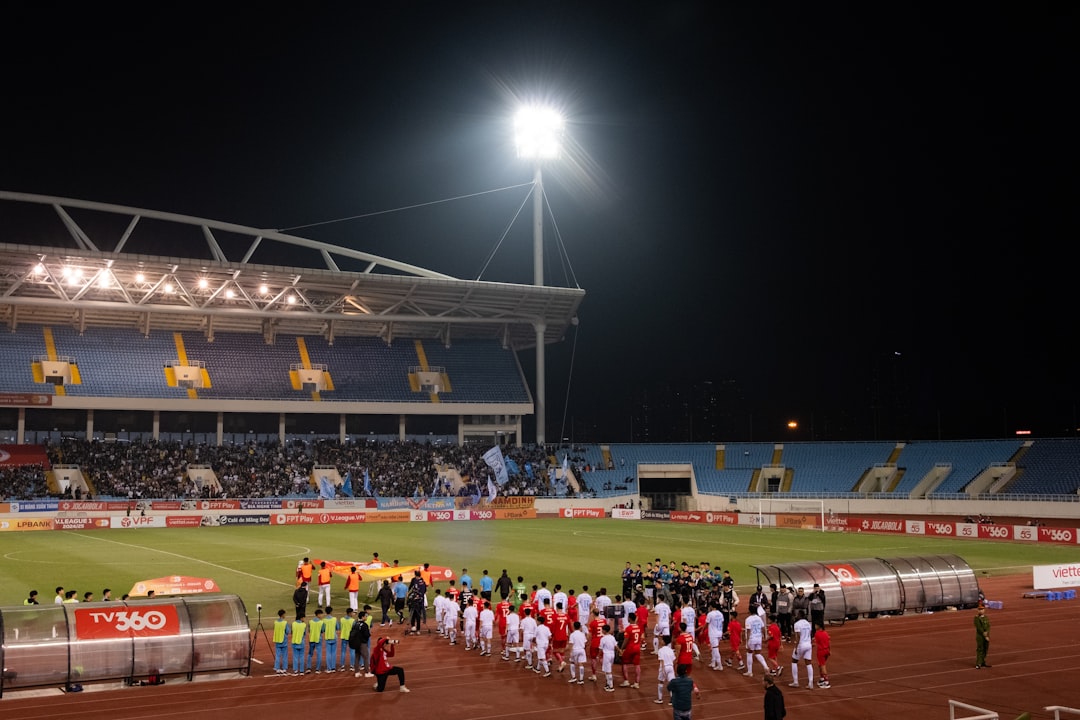Italian giants Inter Milan and Serbian powerhouse Red Star Belgrade — also known as Estrella Roja — represent two historically significant clubs that have left distinctive marks on the landscape of European football. While Inter stands as a symbol of tradition and innovation within one of Europe’s top five leagues, Red Star carries the rich legacy of Eastern European football glory and resilience. A comparison between these two entities is not merely a contrast of economies and trophies, but a deep exploration of footballing cultures and heritage.
Historical Foundations and Rise
Inter Milan, founded in 1908, quickly rose in stature within Italian football. A founding member of Serie A, Inter distinguished itself through a commitment to internationalism — the club was originally formed by a group of Italian and Swiss footballers who opposed the policy of fielding only Italian players. The team’s success through the decades includes multiple domestic league titles and three European Cup/Champions League triumphs, solidifying its place among the continent’s elite.
Red Star Belgrade was established in 1945 in the aftermath of World War II. It soon became the most successful football club in the former Yugoslavia, with a deeply patriotic identity and robust support base. Red Star’s zenith came in 1991, when it captured the European Cup in Bari, defeating Olympique de Marseille on penalties — a rare achievement for a club from Eastern Europe.

Continental Success and Constraints
Inter Milan’s presence in Europe has been strong and consistent. The club won its first two European Cups back-to-back in 1964 and 1965 under the legendary coach Helenio Herrera and his signature “catenaccio” style. The most recent continental success came in 2010, led by José Mourinho, as Inter won an unprecedented treble: Serie A, Coppa Italia, and UEFA Champions League. This made Inter the first Italian club to achieve such a feat.
Estrella Roja’s European journey, while less sustained, is equally dramatic. The climax came in 1991, but the journey included consistent appearances in European competitions during the 70s and 80s. What distinguishes Red Star’s triumph is its timing — just before the collapse of Yugoslavia, amidst political instability. Their squad, featuring stars like Dejan Savićević and Robert Prosinečki, carried the hopes of an entire region and secured their place in football lore.
Cultural Importance and Fan Base
Both clubs enjoy massive, passionate support but differ in context. Inter Milan is a club with a global fan base, reflecting the prestige of Serie A and the club’s cosmopolitan ethos. Their home, the iconic San Siro Stadium, shared with AC Milan, is one of the most revered football venues in the world and regularly hosts over 75,000 fans.
Red Star Belgrade’s support is intensely local and deeply nationalistic. Their stadium, Rajko Mitić Stadium, also known as the Marakana, is the largest in Serbia and provides an intimidating atmosphere. The club’s “Delije” ultras are known for their passionate, often fiery displays that turn home matches into visual and auditory spectacles.

Modern-Day Realities
Today, Inter Milan continues to compete at the highest tier of European football. With financial backing and a plethora of international talent, the club remains a regular Champions League competitor and domestic title contender. Recent seasons have seen a resurgence, including a Serie A title in 2021 and another Champions League final appearance in 2023.
Red Star, in contrast, operates under stricter financial limitations and within a league that lacks the global visibility of Serie A. Despite this, they have maintained regional dominance, consistently winning Serbian SuperLiga titles and qualifying for the Champions League group stages — feats that require tactical innovation and immense organizational commitment.
Legacy and Influence
- Inter Milan symbolizes European elite football, with an emphasis on strategy, continuity, and internationalism.
- Estrella Roja defines resilience, regional pride, and the ability to rise against systemic limitations.
Where Inter’s legacy expands with each season, adding stars and accolades in one of the world’s most challenging leagues, Red Star’s legacy is deeply etched in a singular, yet historic victory that echoes the golden age of Yugoslav football and the unyielding strength of passion and purpose.

In conclusion, Inter and Red Star may be bound by a shared appearance in football history books, but they tell two markedly different stories. Each, however, enriches the beautiful game with unique chapters — one of triumph among giants, the other, a revolution of hope and national pride amid a changing continent.
